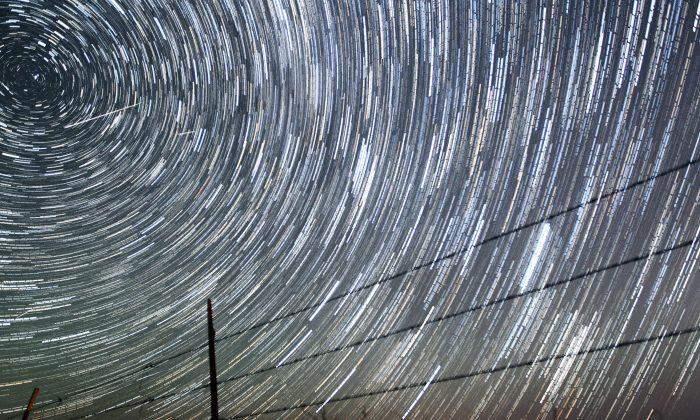Eta Aquarid is one of the two annual showers caused by Halley’s Comet. It’s named after the most “radiant” point in the Aquarius constellation, a bright star Eta Aquarii.
The peak of the showers that can be most visible will be on the nights of May 5 and May 6, although the meteor showers continue from April 19 to May 26, 2014.
According to the American Meteor Society, the Eta Aquarids are most visible from the southern tropics. From the equator northward, they typically only last at rates of 10 to 30 showers per hour just before dawn. Activity is good for a week on the night of maximum activity.
“These are swift meteors that produce a high percentage of persistent trains, but few fireballs,” reads the website. Meteor showers are best seen after midnight. The website also offers up to date information on where and when to best observe meteor showers throughout the year.
Although according to Time and Date, Eta Aquarid is best seen in the early morning, right before dawn.
To view the meteor shower, it’s best to travel outside of the city where light pollution doesn’t impede the the lights of the shower, it can be viewed with the naked eye.







Friends Read Free